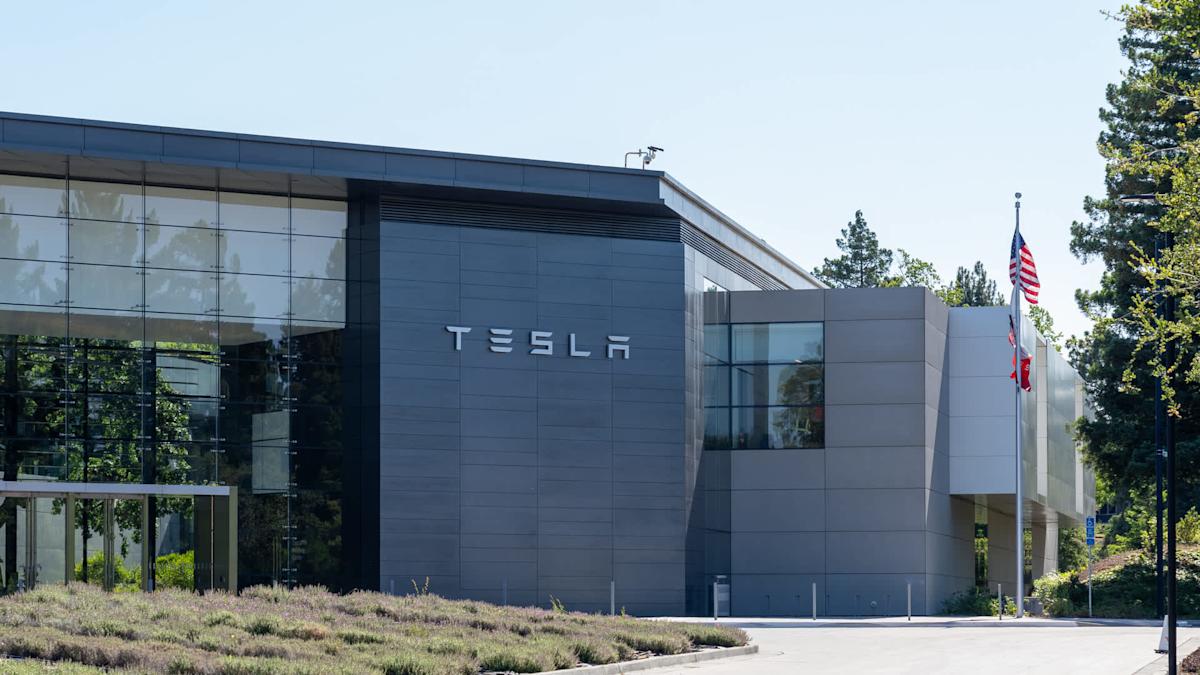
Tesla has amped up its battery game.
In early September, Canary Media reported that the tech giant had announced the Megablock, a grid-battery upgrade that is designed to speed up the development of large-scale renewable energy projects.
The company has already sold its Megapack battery-storage product for years, but the Megablock contains four Megapacks around a transformer. Tesla expects to ship its first Megablocks in 2026.
“I think Megapack is the most underrated product that Tesla has by far,” green energy advocate Jesse Peltan told Canary Media. “And I think Megablock is going to make it easier, cheaper, faster to interconnect Megapacks into the grid.”
The company claims that the Megablock needs just three connections to get up and running, so it will reduce the amount of electrical work needed to develop large-scale energy storage. Because of its ease of use, Tesla says developers could use Megablock to deploy one gigawatt-hour of storage in just 20 days.
This year has been a struggle for Tesla in many ways, particularly with its flagship electric vehicles. Tesla EV sales have fallen sharply this year, and models such as the much-hyped Cybertruck have sold in such small numbers that some insurance companies will no longer cover them.
But its energy-storage division, and particularly the Megapack, has been a bright spot.
The Megapack now provides storage for the world’s largest wind farm, located off the United Kingdom, and is behind France’s largest energy-storage system. A Japanese company recently ordered 142 Megapacks for one of that country’s largest storage projects, and Tesla’s Shanghai Megafactory has now produced more than 1,000 Megapacks in just six months.
Battery-storage systems have become vital components to renewable-energy projects. When paired with solar panels, for example, batteries store the excess energy generated while the sun is out, allowing that energy to be used later.
In fact, solar panels pair especially well with several Tesla products, including its EVs. By generating clean, inexpensive energy at home, EV owners can charge their vehicles for a fraction of the price of public charging stations, and without relying on the grid.
For those interested in getting solar panels, EnergySage offers free, easy-to-use tools that allow for easy comparison of quotes from local, verified installers, resulting in average savings of up to $10,000.
Would you want EV-charging roads installed in your town?
Sign me up
Depends how much it costs
No way
I’m not sure
Click your choice to see results and speak your mind.
Join our free newsletter for weekly updates on the latest innovations improving our lives and shaping our future, and don’t miss this cool list of easy ways to help yourself while helping the planet.
Disclaimer: This news has been automatically collected from the source link above. Our website does not create, edit, or publish the content. All information, statements, and opinions expressed belong solely to the original publisher. We are not responsible or liable for the accuracy, reliability, or completeness of any news, nor for any statements, views, or claims made in the content. All rights remain with the respective source.
